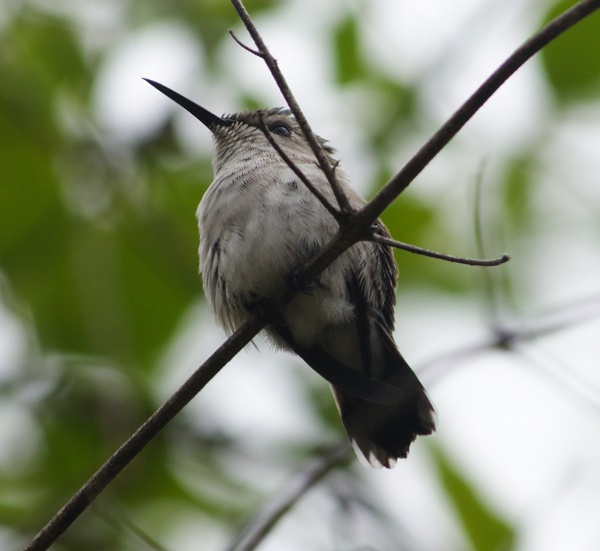Facts About Bee hummingbird
The bee hummingbird, also known as the zunzuncito or Helena hummingbird, holds the distinction of being the smallest bird in the world and is native to Cuba. Females weigh merely 2.6 grams and measure approximately 6.1 cm in length, while males are even smaller. Males boast a striking appearance with a green cap, a bright red throat, and a shimmering iridescent gorget. In contrast, females exhibit green feathers on their upper parts and a whitish underside, their dazzling, jewel-like colors making them truly stand out.
Bee hummingbirds primarily feed on nectar but also consume insects and spiders. This diet makes them important pollinators, transferring pollen between flowers and aiding in plant reproduction.
These birds are indigenous to the Cuban archipelago and can be found in various regions across Cuba. Their breeding season spans from March to June, during which females lay up to two eggs at a time. The nests are diminutive, cup-shaped structures composed of cobwebs, bark, and lichen, meticulously constructed by the female to house her young.
The relationship between bee hummingbirds and flowers exemplifies coevolution, wherein both species benefit from the interaction. These tiny birds are swift and strong fliers, visiting numerous flowers each day. Through their feeding and pollination efforts, they play an essential role in maintaining the health of their ecosystem.
